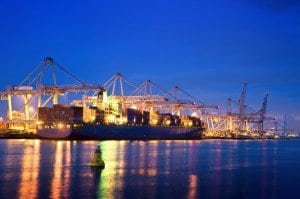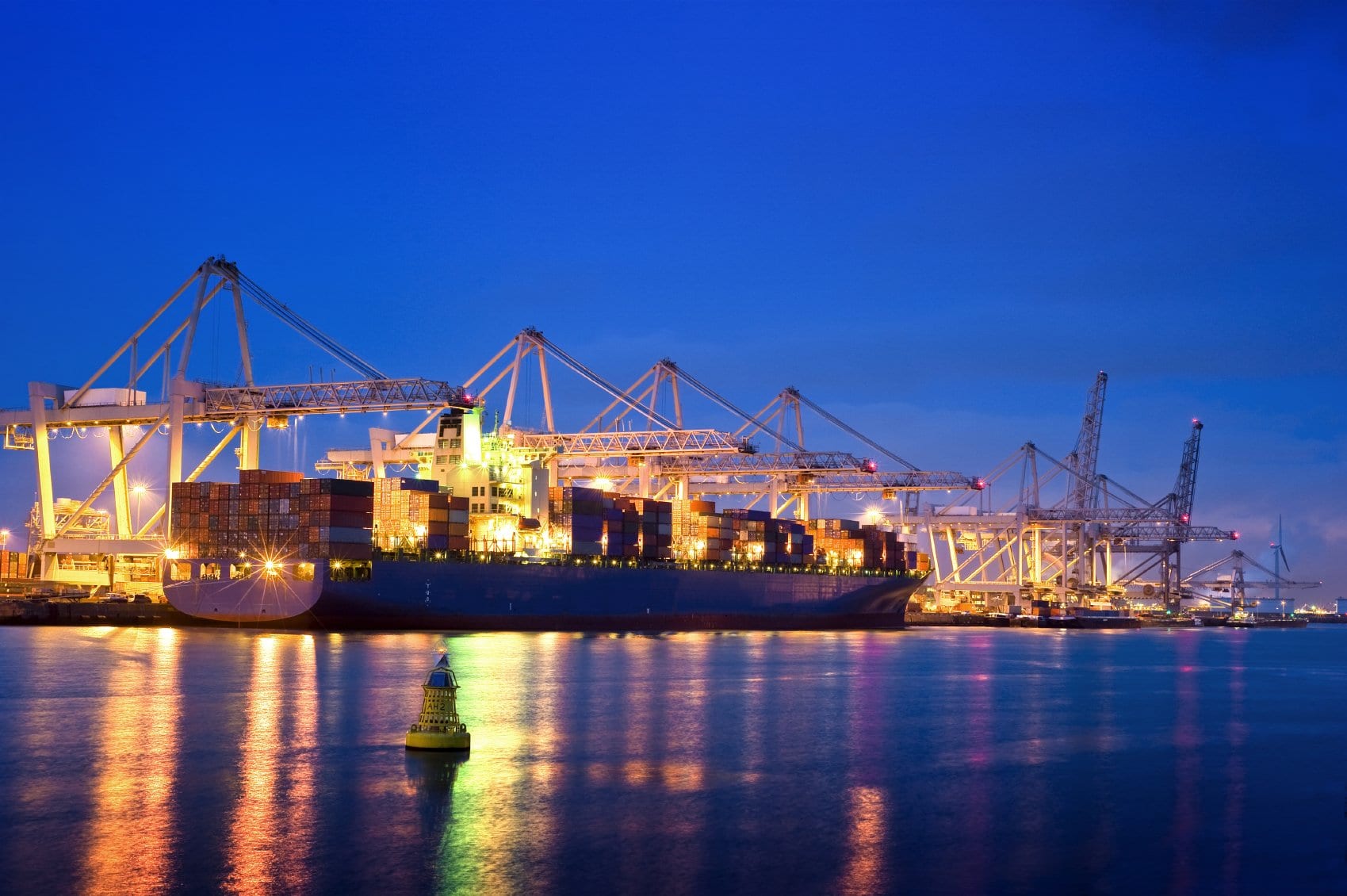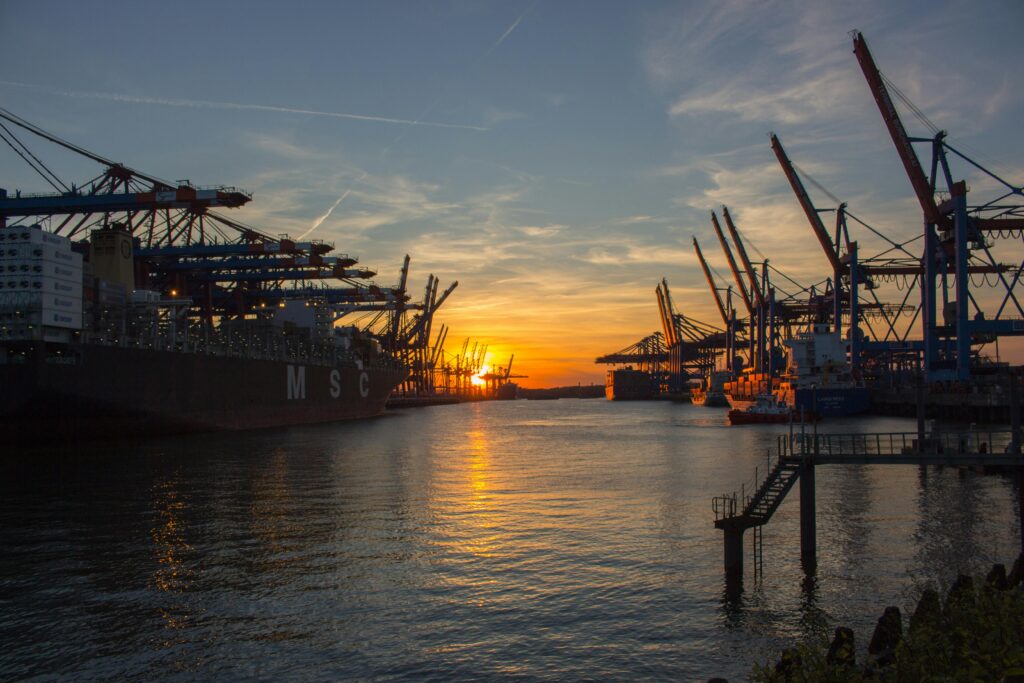Together, Bremen and Bremerhaven make up Europe’s 4th largest container port. Dating back to the ninth century, the port was originally a local river (Weser River) trading post. By the early 1400’s, Bremen/Bremerhaven became an organized import and export trading hub for Northern Europe. The port was first able to accommodate steamships in 1930, which allowed growth for the future. However, the turmoil of World War II stalled the port’s activity for over a decade. In 1957 the port of Bremerhaven began providing roll-on/roll-off (ro-ro) services to handle increased automobile shipping; this in turn helped fuel the burgeoning German automobile industry. The Bremen ports continue to expand and modernize to remain competitive with the ports of Rotterdam, Hamburg and Antwerp. Facilities:
In addition to Ocean and Air, we manage every transfer between truck and train, coordinate schedules, and provide real-time updates to keep your cargo on track.





